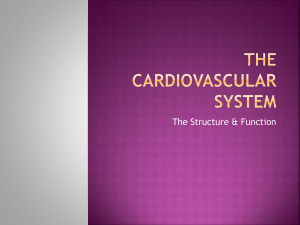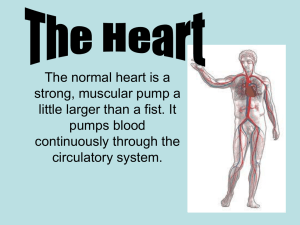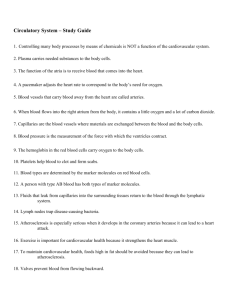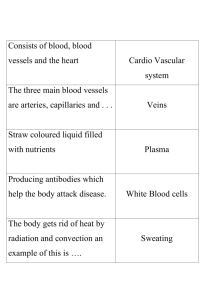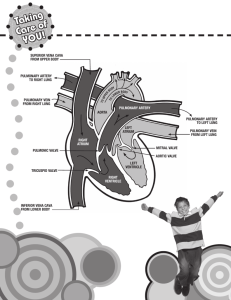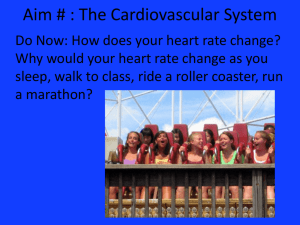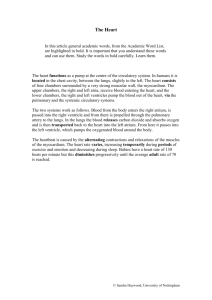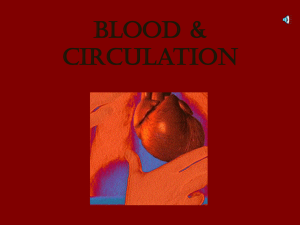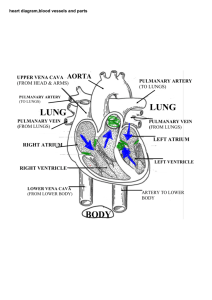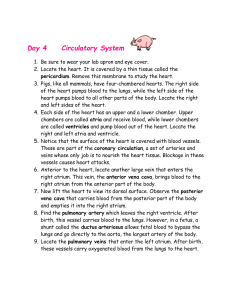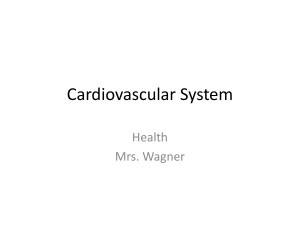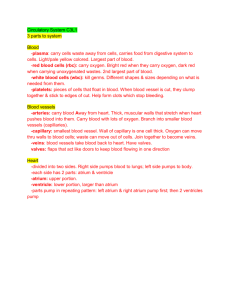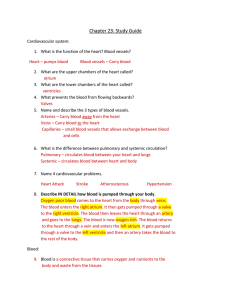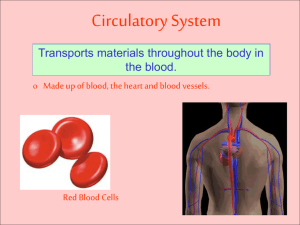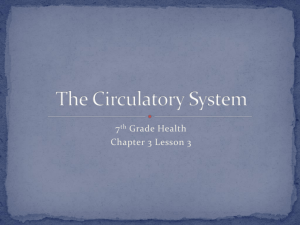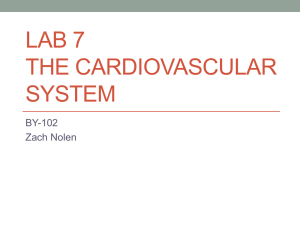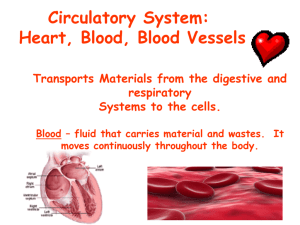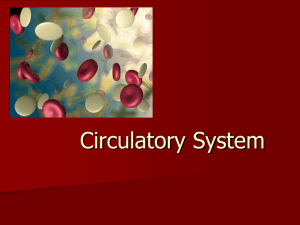webquest heart.doc
advertisement
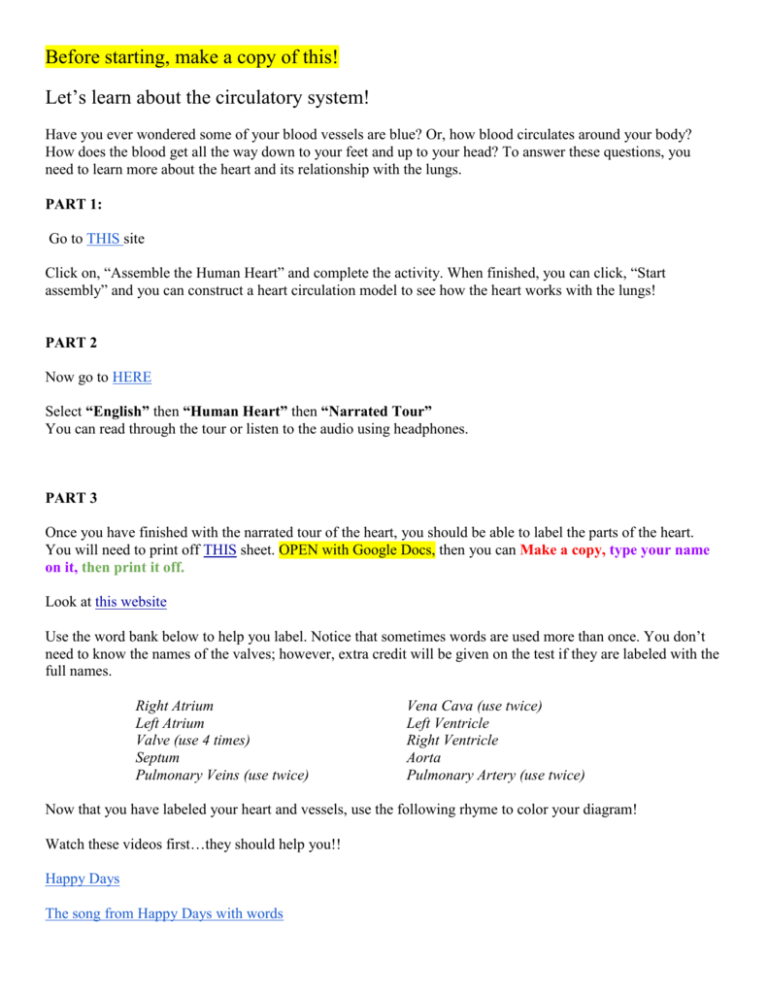
Before starting, make a copy of this! Let’s learn about the circulatory system! Have you ever wondered some of your blood vessels are blue? Or, how blood circulates around your body? How does the blood get all the way down to your feet and up to your head? To answer these questions, you need to learn more about the heart and its relationship with the lungs. PART 1: Go to THIS site Click on, “Assemble the Human Heart” and complete the activity. When finished, you can click, “Start assembly” and you can construct a heart circulation model to see how the heart works with the lungs! PART 2 Now go to HERE Select “English” then “Human Heart” then “Narrated Tour” You can read through the tour or listen to the audio using headphones. PART 3 Once you have finished with the narrated tour of the heart, you should be able to label the parts of the heart. You will need to print off THIS sheet. OPEN with Google Docs, then you can Make a copy, type your name on it, then print it off. Look at this website Use the word bank below to help you label. Notice that sometimes words are used more than once. You don’t need to know the names of the valves; however, extra credit will be given on the test if they are labeled with the full names. Right Atrium Left Atrium Valve (use 4 times) Septum Pulmonary Veins (use twice) Vena Cava (use twice) Left Ventricle Right Ventricle Aorta Pulmonary Artery (use twice) Now that you have labeled your heart and vessels, use the following rhyme to color your diagram! Watch these videos first…they should help you!! Happy Days The song from Happy Days with words A marble blood flow model These vessels and heart parts have blood with little O2, so it would make sense to color them blue. One the other hand, these vessels and heart parts have a lot of O2 instead, so get out your crayons and color them red. Finally, these “one-way doors” won’t let blood go back. There are four of them for you to color black. PART 4...if you have time Two virtual surgeries...not for the “faint of heart” - Click HERE - More difficult surgery with 3 levels of difficulty...click HERE
